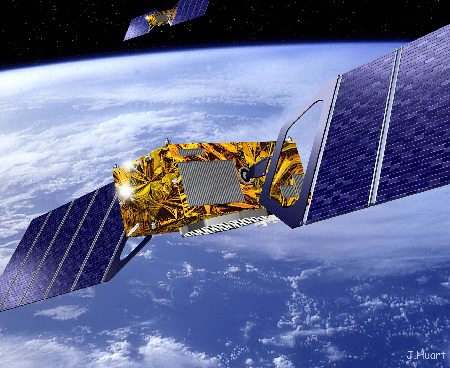Four years before its first generation is operational, the European Space Agency is preparing to develop the next-generation Galileo satellite navigation system.
Under ESA's Global Navigation Satellite System Evolutions programme, the agency's industrial partners will investigate how to develop Galileo for a range of new uses and capabilities including improved accuracy, service coverage and resistance to interference. The deployment timeframe for the next generation Galileo capabilities is 2015-2025.
 |
|---|
© ESA |
The first generation system was originally scheduled to go live in 2008, but programme delays, including funding issues, have put it back to the beginning of the coming decade.
The studies will include preliminary feasibility analyses, the identification of the enhanced capabilities, such as new signals, and the necessary critical technologies.
"We need to look at the next generation of atomic clocks and new components and new materials [for the spacecraft]," says ESA.
The programme has two phases. The first is from this year to 2008, when ESA's ministerial conference should approve the second phase, which will run from 2009 to 2011.
As well as spacecraft technologies the studies will also look at the ground segment including the miniaturisation of Galileo terminals.
The future of the European Geostationary Navigation Overlay System (EGNOS) satellite-based augmentation network will also be examined. An analysis of EGNOS and Galileo users' expected needs in the next decade and beyond is informing the scope of the studies.
Source: Flight International



















